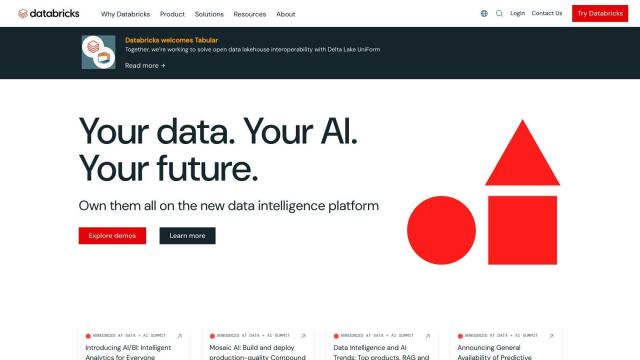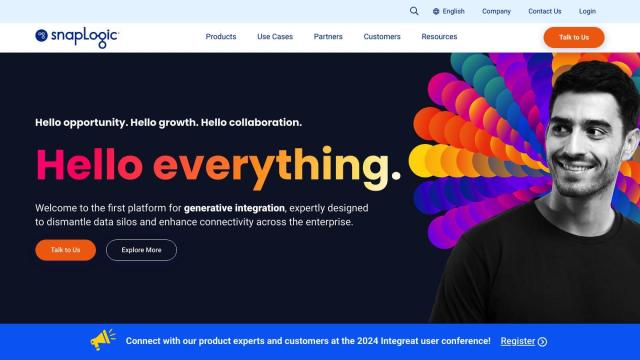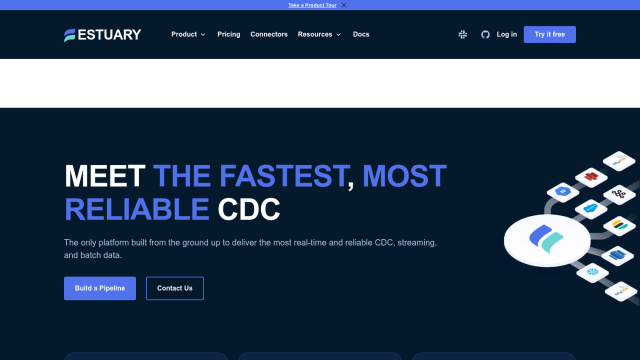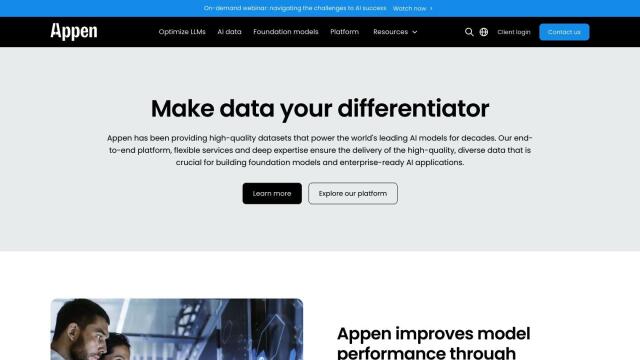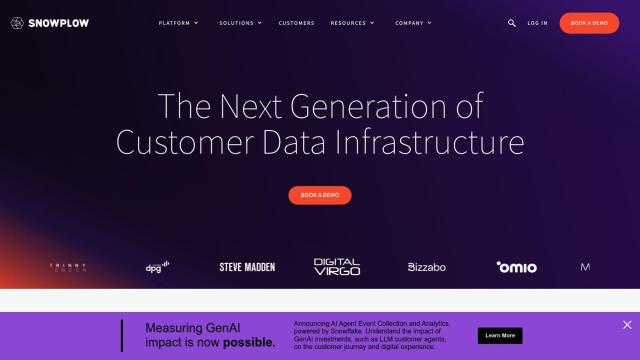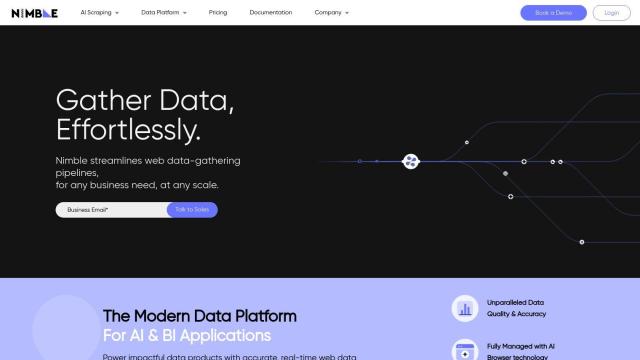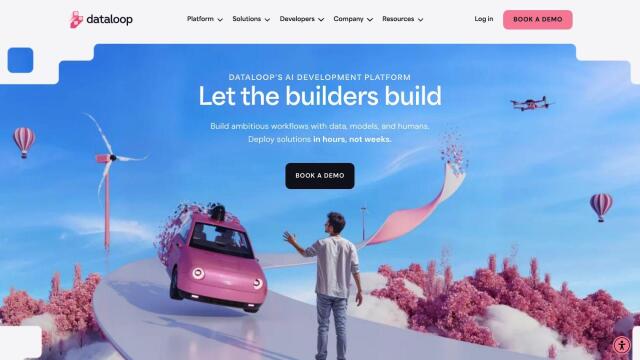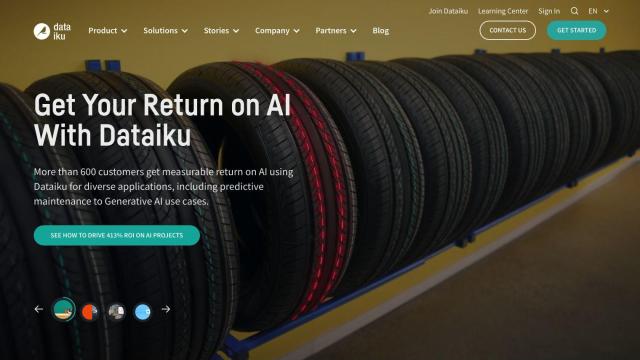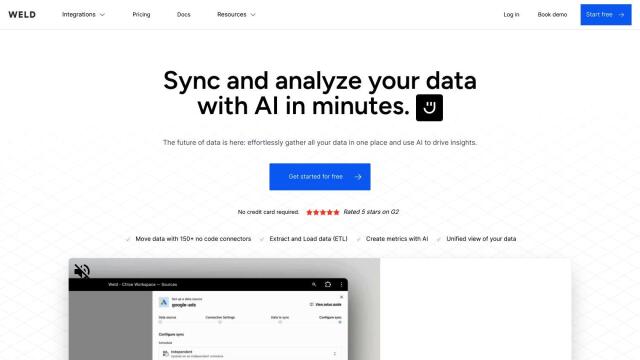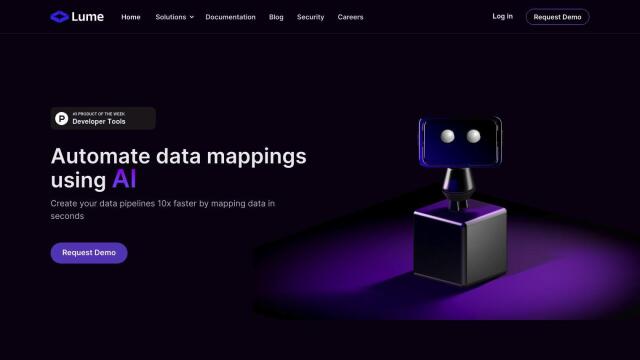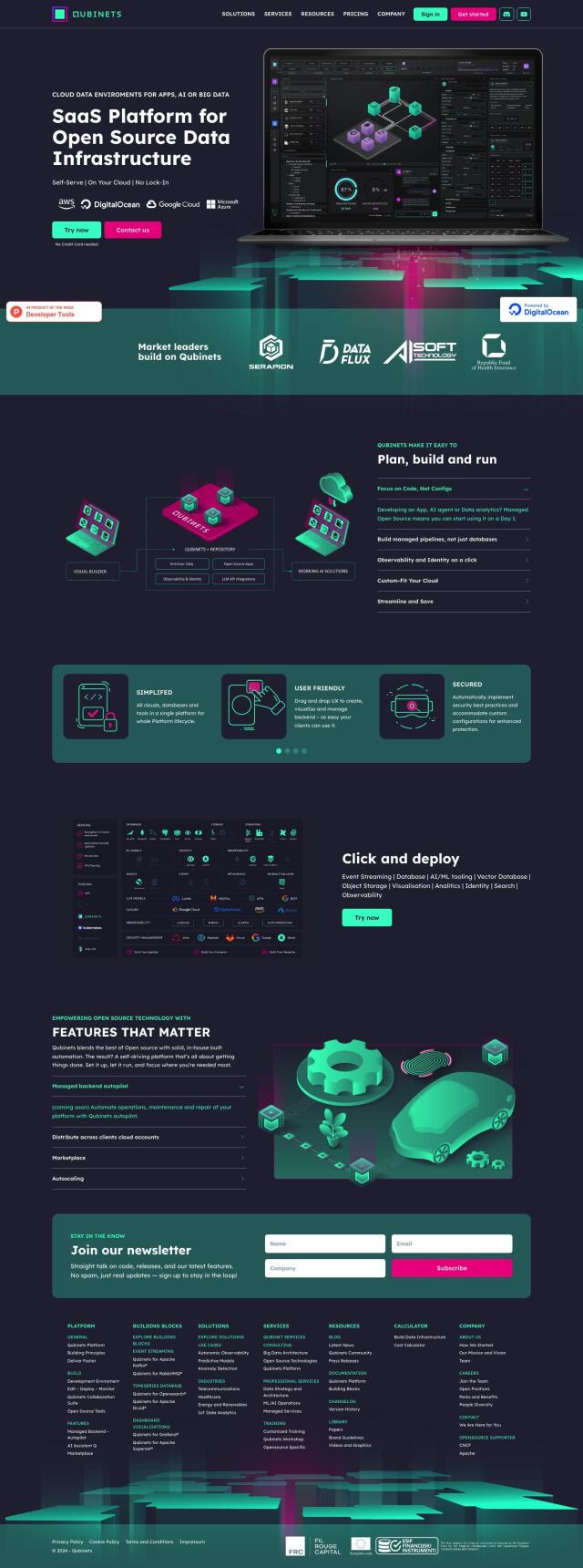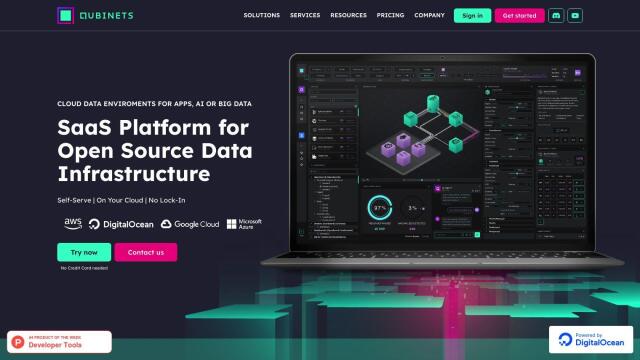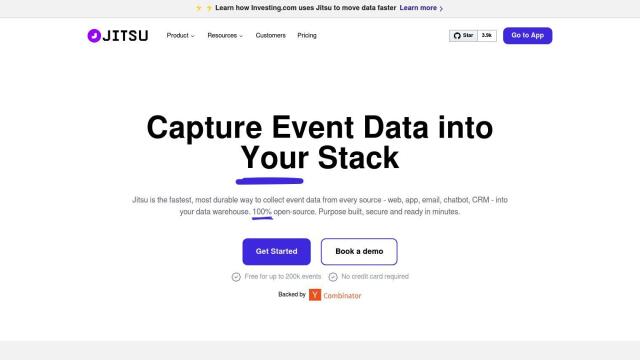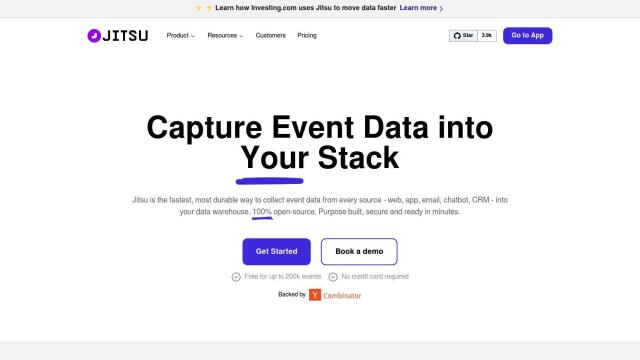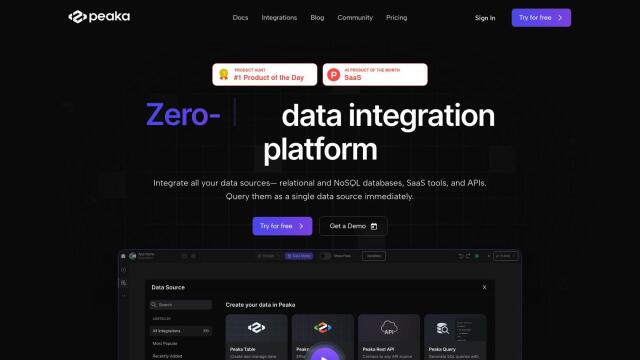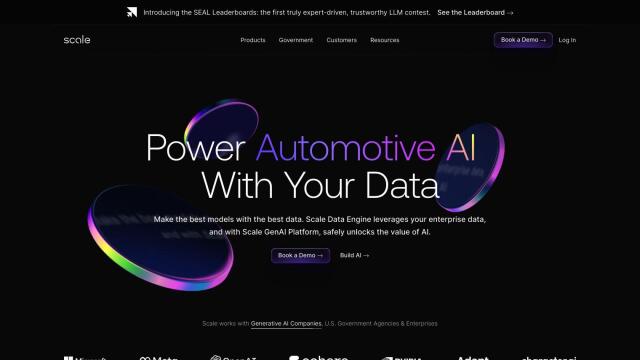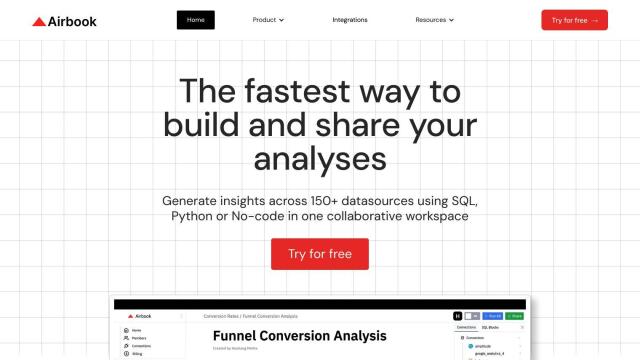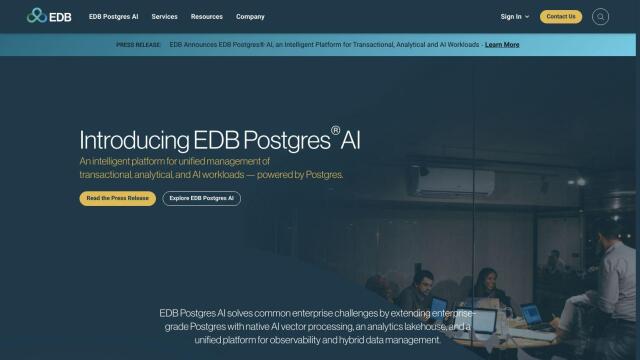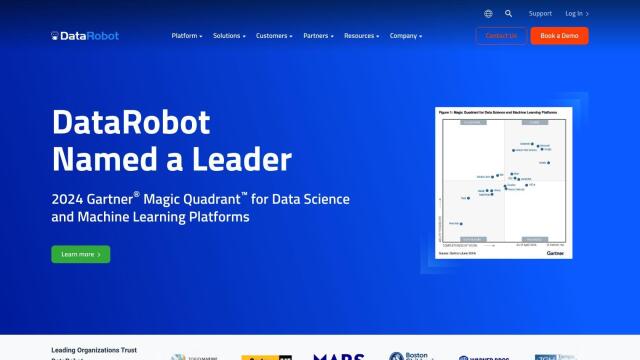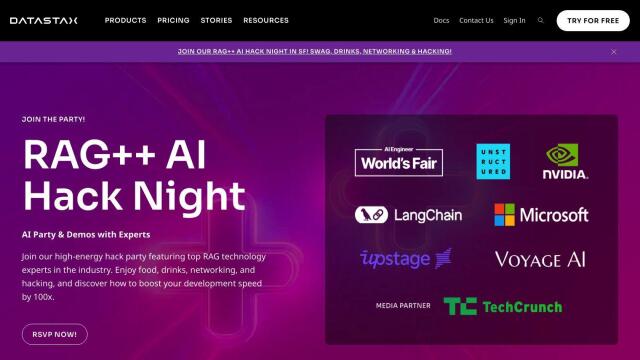Question: Can you recommend a web data pipeline solution that ensures high-quality and accurate data for AI and business intelligence applications?
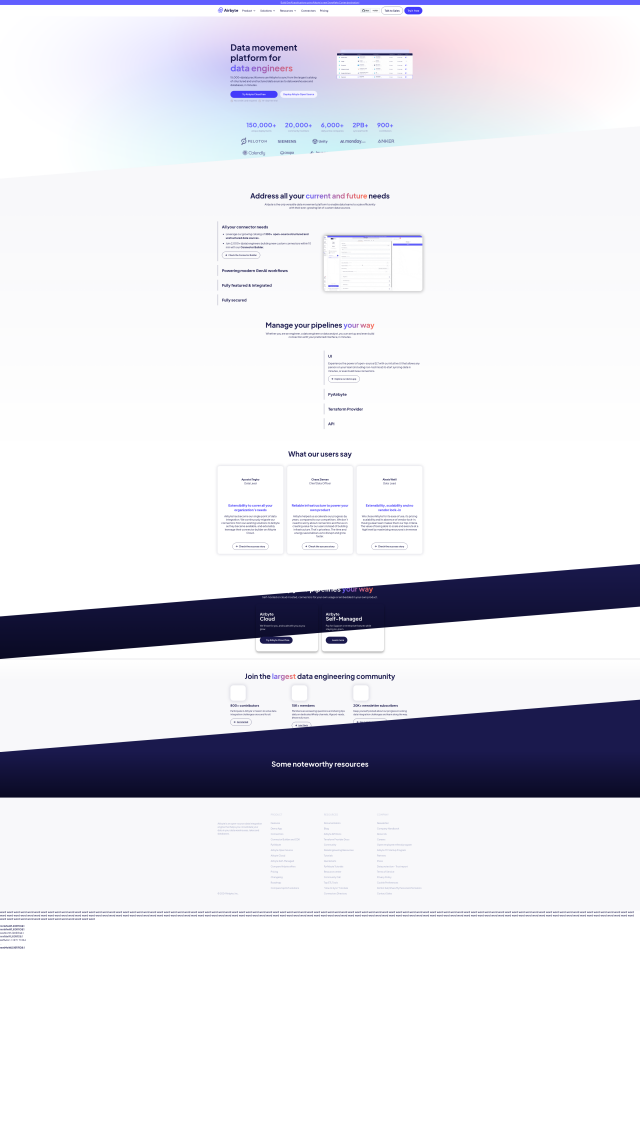
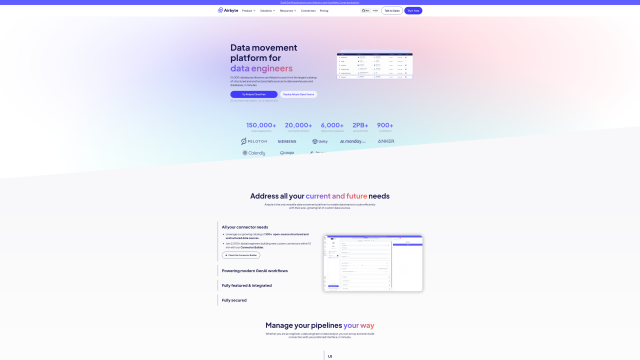
Airbyte
If you're in the market for a web data pipeline tool that provides high-quality, trustworthy data for AI and business intelligence, Airbyte is a good option. The open-source data integration service supports more than 300 sources of structured and unstructured data and a range of destinations. It has features like Connector Builder for custom connectors, automated schema evolution and security features to meet industry standards. It can be used in a variety of ways, with flexible deployment options and a user interface that can be managed with a Python library (PyAirbyte) or Terraform provider, making it suitable for large-scale and small-scale data integration projects.

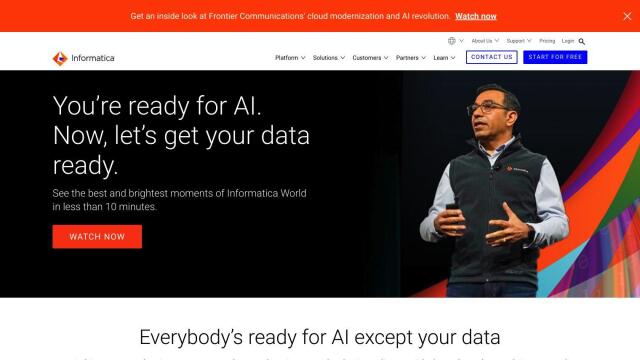
Informatica
Another good option is Informatica, a cloud-based, AI-infused data management service. It can connect, manage and unify data across multi-cloud and hybrid environments, making data and AI more accessible and powerful. Informatica's CLAIRE AI engine automates data integration tasks, and it has a range of industry-specific solutions for different roles. Its features include data catalog, data integration and engineering, API and app integration, data quality and governance, so it's good for companies looking to modernize their data management and get their data ready for AI.

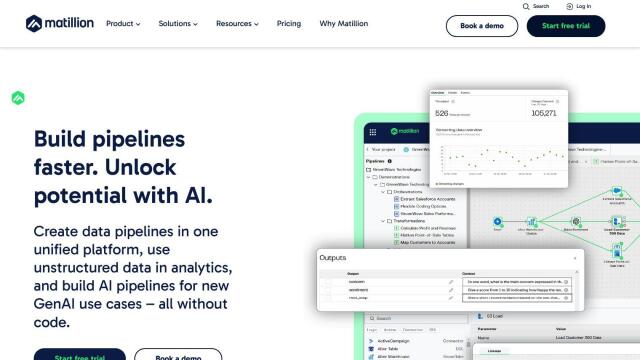
Matillion
Matillion is an integrated platform for building and operating data pipelines with no-code ELT abilities. The cloud-native service boosts data engineering productivity by ingesting data from a wide range of sources into cloud data platforms. It includes AI pipelines for processing unstructured data, data connectivity, automation and scheduling of pipeline jobs, and tiered pricing. Matillion is good for data teams in a variety of industries, including financial services, health care and retail.

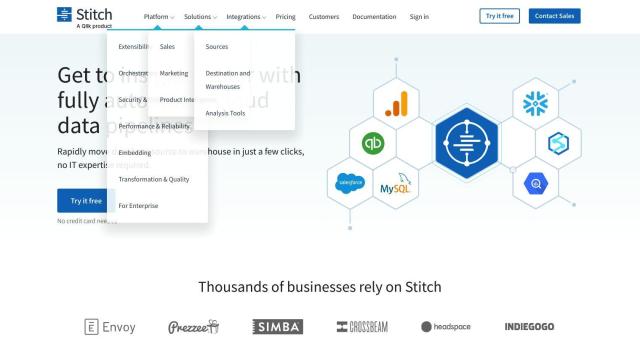
Stitch
For a cloud-based ETL service that requires no programming, Stitch is a good option. It lets you rapidly integrate data from more than 140 sources into a cloud data warehouse for big data analytics. Stitch has fully automated cloud data pipelines and fast data transfer, centralizing data without maintenance work. It's designed for both data engineers and business analysts, meaning less time and effort spent on data integration and more time spent making decisions, so it's a good option for simplifying data integration and getting fresh, reliable data into AI and business intelligence.

